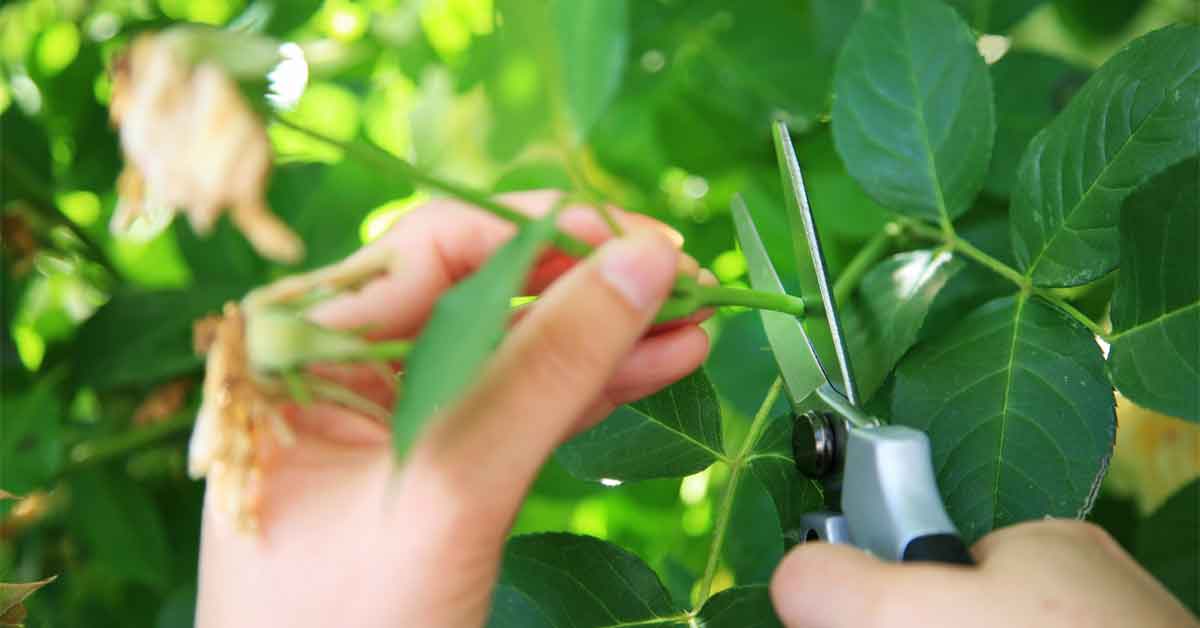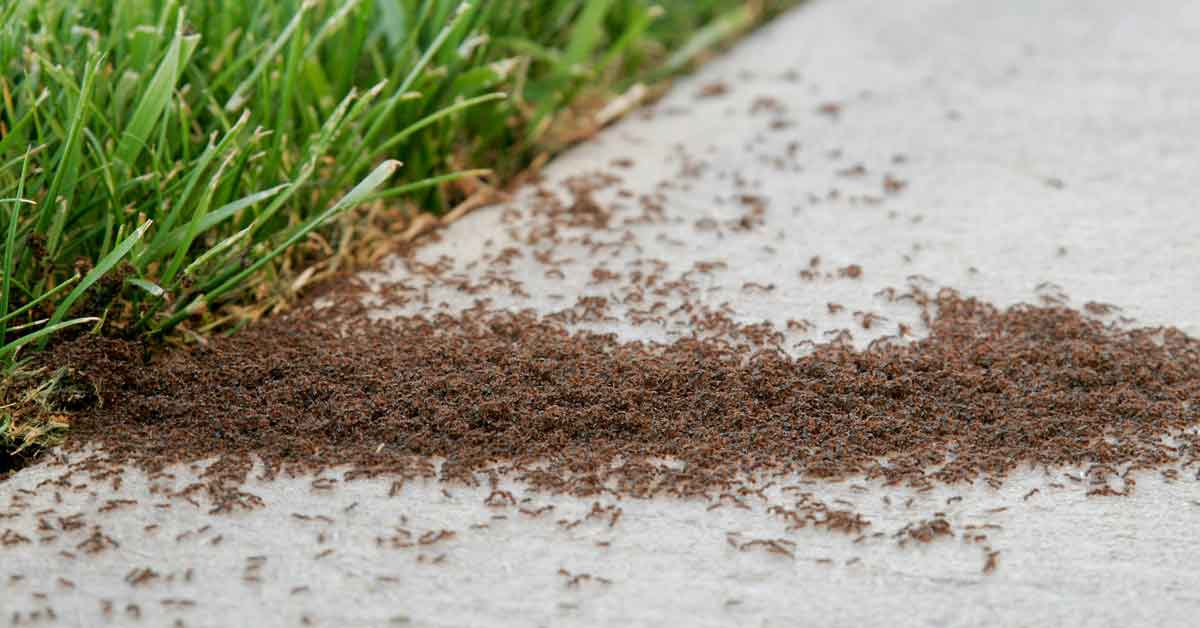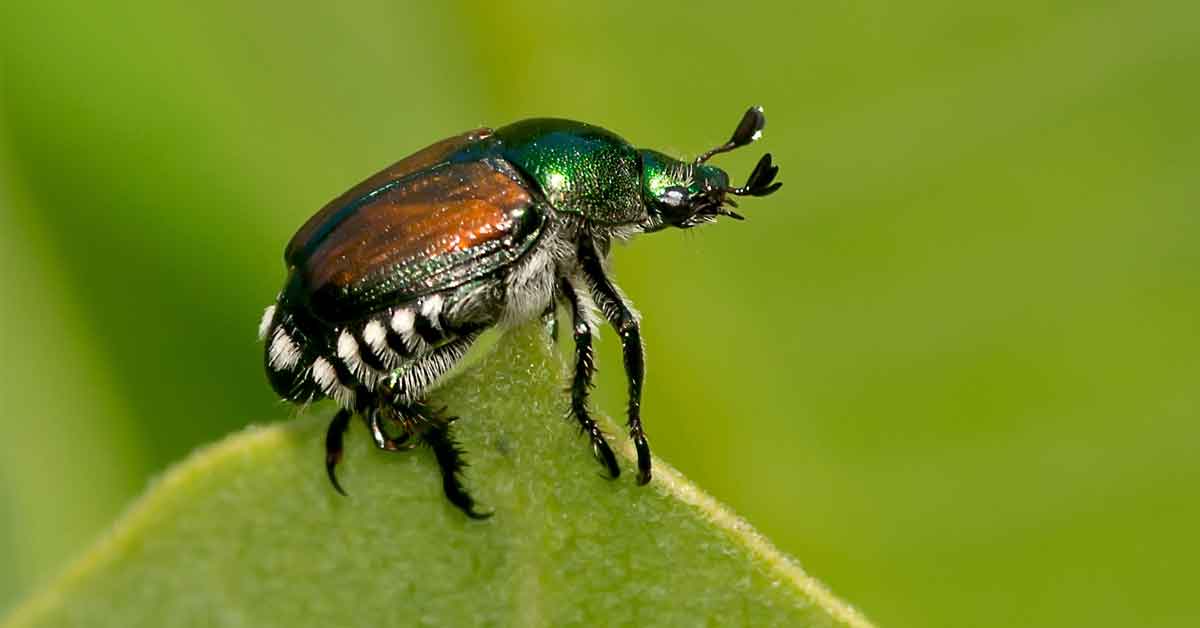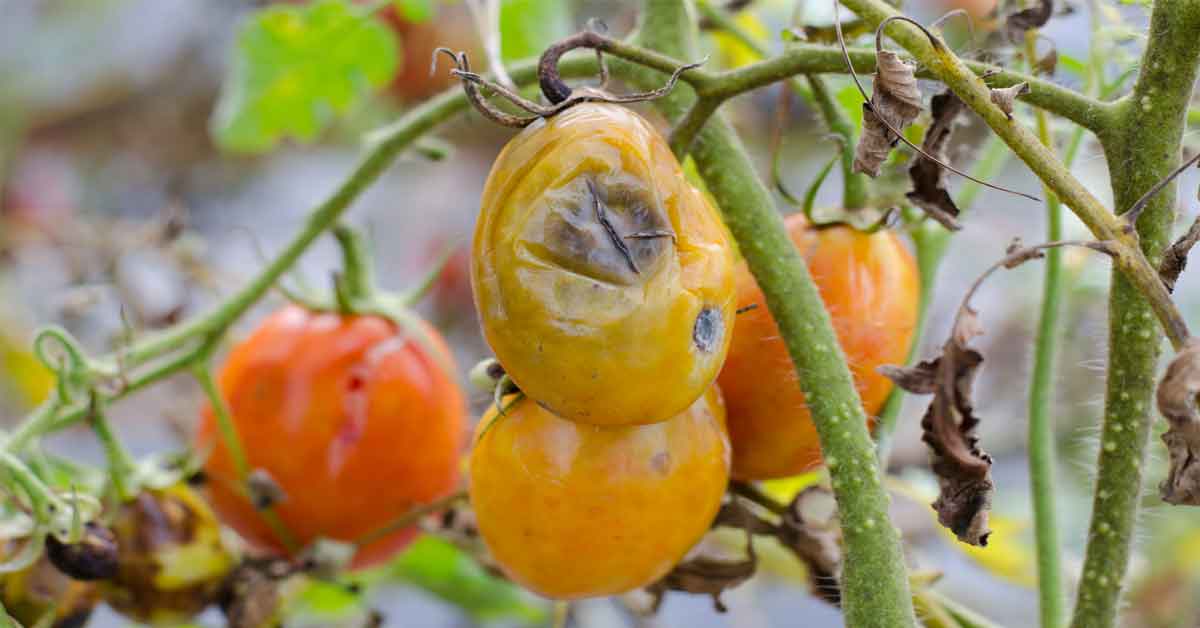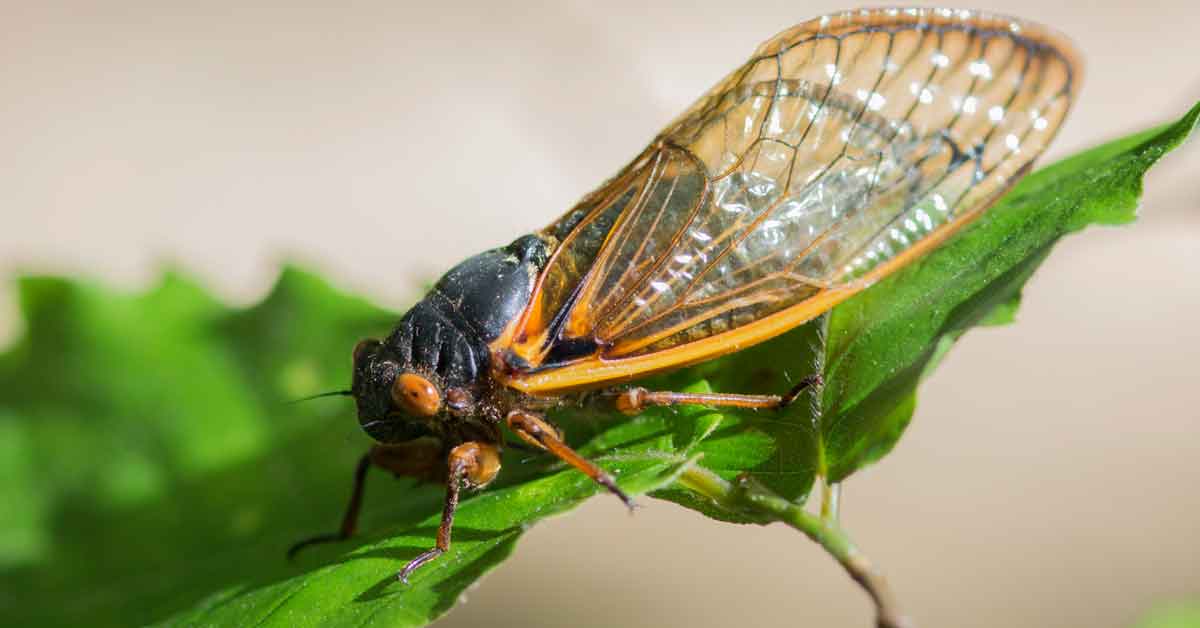How to Duplicate Plants From Stem Cuttings
Timing the Task
Before you start propagating, it's important to know when to take cuttings from plants. Nursery professionals do this at different times of the year, depending on the plant and the maturity of its new stems. But the simplest cuttings to root are taken when stems are still soft. The four basic types of stem cuttings are:
- Non-woody, soft-stem cuttings: These cuttings come from plants with stems that stay soft all year or die back to the ground in winter. Colorful coleus, vining houseplants and garden perennials belong to this group. Soft-stem cuttings can be taken any time of year; they root very quickly and easily.
- Softwood cuttings: For some woody plants, including lilacs and blueberries, cuttings root best when taken from the soft, new growth of their woody stems. Taken right as new stems begin to harden in late spring and early summer;, these are the easiest woody cuttings to root. At this stage, leaves are small and new at the shoot's tip, but full size toward the base.
- Semi-hardwood cuttings: New woody stems mature in midsummer to early fall. Cuttings taken at this stage are known as semi-hardwoods. Leaves are mature all along the firm stems, and stems no longer bend easily. These cuttings are harder to root than softwoods, but azaleas, hollies and magnolias grow best from cuttings taken at this stage.
- Hardwood cuttings: As the name suggests, these cuttings are taken when stems grow hard. They still come from wood that was grown the previous spring and summer, but the stems are fully hard and dormant. Hardwood cuttings — the most difficult type to root — are taken between late fall and late winter, when plants show no signs of active growth. Needled evergreens, including juniper, cypress and pine, often root best from hardwood cuttings.
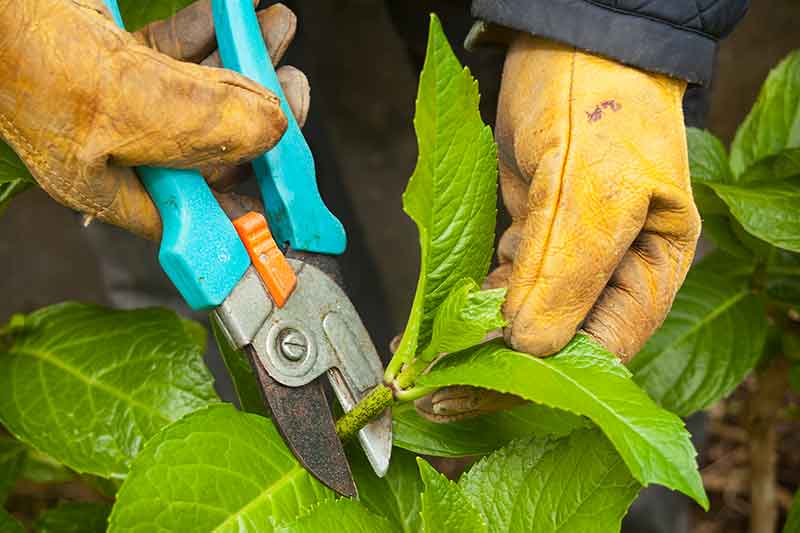
Many garden favorites will root from different types of cuttings. For example, hydrangeas root well from both softwood and hardwood cuttings. Roses root from cuttings taken at all three stages: softwood, semi-hardwood and hardwood. But across the board, softwood cuttings are the simplest, easiest and fastest to root, so stick with them for the greatest success.
Remember, time your cuttings based on the plant's growth, not the calendar. In Southern climates, plants start growing earlier, so stems mature earlier. Plan to propagate when plant shoots reach the softwood stage (May through mid-July in most regions). Softwood occurs between the flexible new growth and the woody base of the current year's stems. On roses, that's right below the fading flowers. On hydrangeas, look for the lighter color of new stems. Bend the stem to test the wood. If it bends, but snaps easily, it's at the softwood stage.
Preparing for Propagation
Before taking cuttings, organize and ready needed supplies:
- Sharp knives or pruners — Make sure your blades are sharp, so cuttings are crisp and clean. If using pruners, use bypass types, as anvil-types can crush stems. Sterilize your blades by wiping them with household disinfectant before you start.
- Planting trays or containers — Choose trays or small, individual containers to hold your cuttings as they root. If reusing old containers, sterilize them first by washing them in a solution of one part bleach to nine parts water.
- Rooting hormone — Garden center and nursery pros know that a premium rooting hormone significantly increases your cuttings' success. GardenTech® Root Boost™ Rooting Hormone stimulates root development, encourages uniform root growth and helps all types of cuttings root more easily.
- A small dish — This dish will hold a small amount of rooting hormone when you treat your cuttings, so you won't contaminate the remaining product in the original container.
- Rooting medium — Unlike potting soil and other growing media, a rooting medium doesn't supply nutrients; it provides support and moisture. A mixture of one part peat moss and three parts sand makes an excellent rooting medium. Sterile, soilless potting mix and perlite is another good mix.
- Plastic bags — Choose bags that will fit easily over the trays to act like miniature greenhouses.
Once your supplies are gathered and ready, it's time for cuttings!
Taking Softwood Cuttings
When working with simple, softwood cuttings, the same basic technique applies from roses to hydrangeas. Work in the morning, when plants are fresh and well-hydrated. Choose healthy, well-fed plants, and follow these ten steps:
- Moisten the rooting medium thoroughly the night before you take cuttings. Fill your trays or containers, and water the medium again the morning.
- Choose a softwood shoot with several leaves along the stem. You can make multiple cuttings from one shoot.
- Cut the shoot into pieces 4 to 6 inches long. Cut each piece right above a node — the swollen, joint-like area where leaves attach.
- Remove all the leaves on each piece, except for one leaf or set of leaves at the top.
- Wrap the cuttings in damp paper towels to keep them moist, if necessary. Softwood tissue is very tender, so don't let it dry out.
- Pour a small amount of GardenTech® Root Boost™ Rooting Hormone into a dish. You'll discard the excess when through, so only pour what you think you'll use.
- Work one cutting at a time. Moisten the bottom end of the cutting slightly, then stir the tip in rooting hormone until it's thoroughly covered. Tap the stem gently to shake off the excess, and then place the cutting at a slight angle into the pre-moistened trays.
- Cover the trays or containers with plastic bags, and place them in a warm, shaded area that only gets indirect light. Temperatures of 70 to 75 degrees Fahrenheit are ideal.
- Mist the cuttings regularly to keep them hydrated while they grow roots. Water, as needed, to keep the rooting medium evenly moist.
- Give your cuttings a very gentle tug in about four weeks. That feeling of slight resistance is new roots. Congratulations! Some non-woody cuttings root in days. Some roses root in just two weeks. Softwood hydrangea cuttings normally root within one month.
Let your rooted cuttings continue to grow in their containers until the roots establish well and you see new growth. Then, transplant your new plants into larger containers with regular potting mix. Feed them with a gentle, non-burning fertilizer, such as Alaska® Fish Fertilizer 5-1-1, which is easy on young roots. Once new plants become established in the larger pots, it's time to move them to a spot in your garden.
Starting Soft-Stemmed Plants
For soft-stemmed plants, such as coleus, propagation is even simpler. Coleus cuttings root fast and easy any time of year, even in plain water, but water-grown roots can be thin and less vigorous than those grown in rooting medium. Rooted cuttings are the perfect way to carry tender coleus through winter and start anew in spring. For strong, healthy cuttings, follow these steps:
- Prepare your trays, rooting medium and rooting hormone as you would with softwood cuttings.
- Remove a 3- to 4-inch piece of the stem, cut right above a node.
- Remove the leaves on the bottom half of the cutting, and moisten the tip.
- Dip the cutting in rooting hormone, and follow steps 7 through 10 above.
Practice Makes Perfect
With the simple steps noted above, and a helping hand from GardenTech® Root Boost™ Rooting Hormone, you'll soon be propagating like a pro. Start with simple soft stem cuttings and then build your way up to hardwood cuttings, which are more difficult to root. In no time at all, you'll have a more lush and more beautiful garden.
Always read the product label and follow the instructions carefully.
Alaska and RootBoost are trademarks of Central Garden & Pet Company.
GardenTech is a registered trademark of Gulfstream Home & Garden, Inc.
Related Articles in Ornamental Gardening:
Get Monthly Gardening Advice!

